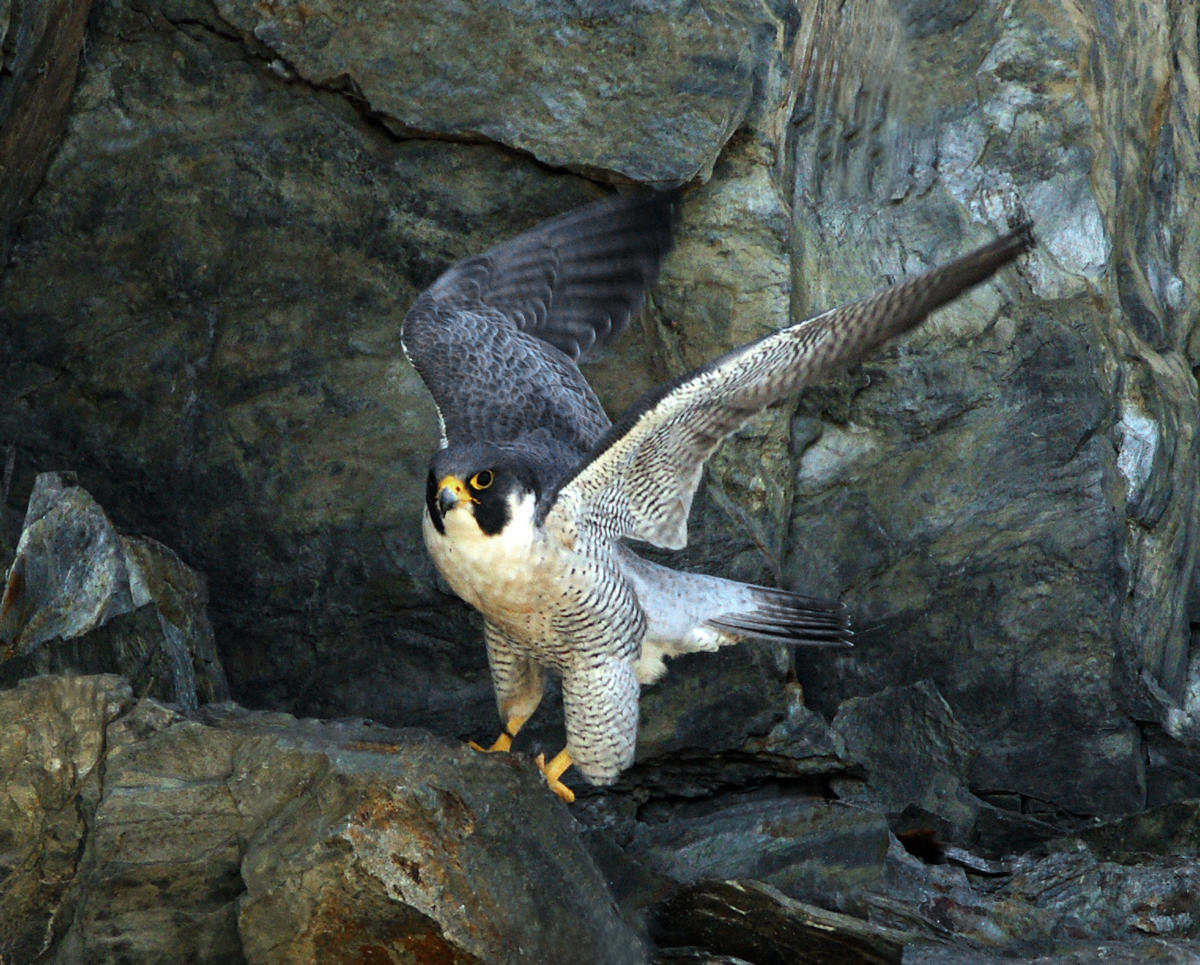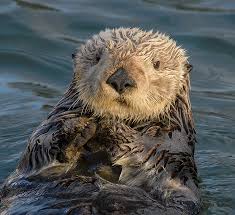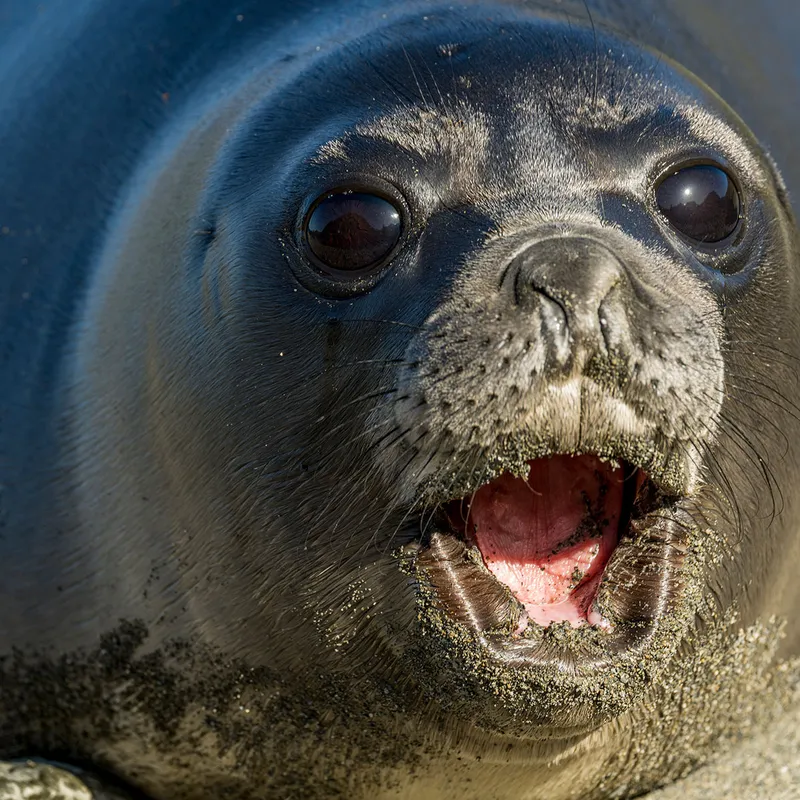Booklet Pane: Nature preservation (Sweden 1973)
Nature preservation (Sweden 1973)
24 October (Sweden ) within release Nature preservation goes into circulation Booklet Pane Nature preservation face value 500 Swedish öre
| Booklet Pane Nature preservation in catalogues | |
|---|---|
| Michel: | Mi: SE HB69y |
| Stanley Gibbons: | Sg: SE 755a |
Booklet Pane is square format.
Also in the issue Nature preservation:
- Stamp - Grey Seal (Halichoerus grypus) face value 10;
- Stamp - Peregrine Falcon (Falco peregrinus) face value 20;
- Stamp - Eurasian Lynx (Lynx lynx) face value 25;
- Stamp - Eurasian Otter (Lutra lutra) face value 55;
- Stamp - Wolf (Canis lupus) face value 65;
- Stamp - White-tailed Eagle (Haliaeetus albicilla) face value 75;
- Stamp - Gray seal face value 10;
- Stamp - Peregrine falcon face value 20;
- Stamp - Eurasian lynx face value 25;
- Se-tenant - Eurasian Lynx (Lynx lynx) face value 25;
- Stamp - Eurasian Otter (Lutra lutra) face value 55;
- Se-tenant - Eurasian Otter (Lutra lutra) face value 55;
- Se-tenant - Wolf (Canis lupus) face value 2*65;
- Stamp - Wolf (Canis lupus) face value 65;
- Se-tenant - Wolf (Canis lupus) face value 65;
- Stamp - White-tailed eagle face value 75;
- Se-tenant - White-tailed Eagle (Haliaeetus albicilla) face value 75;
- Se-tenant - Gray seal face value 2*10;
- Se-tenant - Peregrine Falcon (Falco peregrinus) face value 2*20;
- Stamp - White-tailed Eagle (Haliaeetus albicilla) face value 2*75;
- Booklet Pane - Nature preservation face value 500;
Booklet Pane Nature preservation it reflects the thematic directions:
Animals are multicellular, eukaryotic organisms of the kingdom Animalia (also called Metazoa). All animals are motile, meaning they can move spontaneously and independently, at some point in their lives. Their body plan eventually becomes fixed as they develop, although some undergo a process of metamorphosis later on in their lives. All animals are heterotrophs: they must ingest other organisms or their products for sustenance.
Birds (Aves), a subgroup of Reptiles, are the last living examples of Dinosaurs. They are a group of endothermic vertebrates, characterised by feathers, toothless beaked jaws, the laying of hard-shelled eggs, a high metabolic rate, a four-chambered heart, and a strong yet lightweight skeleton. Birds live worldwide and range in size from the 5 cm (2 in) bee hummingbird to the 2.75 m (9 ft) ostrich. They rank as the class of tetrapods with the most living species, at approximately ten thousand, with more than half of these being passerines, sometimes known as perching birds. Birds are the closest living relatives of crocodilians.
Birds of prey or predatory birds, also known as raptors, are hypercarnivorous bird species that actively hunt and feed on other vertebrates (mainly mammals, reptiles and smaller birds). In addition to speed and strength, these predators have keen eyesight for detecting prey from a distance or during flight, strong feet with sharp talons for grasping or killing prey, and powerful, curved beaks for tearing off flesh. Although predatory birds primarily hunt live prey, many species (such as fish eagles, vultures and condors) also scavenge and eat carrion
Adult falcons have thin, tapered wings, which enable them to fly at high speed and change direction rapidly. Fledgling falcons, in their first year of flying, have longer flight feathers, which make their configuration more like that of a general-purpose bird such as a broad wing. This makes flying easier while learning the exceptional skills required to be effective hunters as adults.
Otters are carnivorous mammals in the subfamily Lutrinae. The 13 extant otter species are all semiaquatic, aquatic, or marine. Lutrinae is a branch of the Mustelidae family, which includes weasels, badgers, mink, and wolverines, among other animals.
Pinnipeds (pronounced /ˈpɪnɪˌpɛdz/), commonly known as seals, are a widely distributed and diverse clade of carnivorous, fin-footed, semiaquatic, mostly marine mammals. They comprise the extant families Odobenidae (whose only living member is the walrus), Otariidae (the eared seals: sea lions and fur seals), and Phocidae (the earless seals, or true seals), with 34 extant species and more than 50 extinct species described from fossils. While seals were historically thought to have descended from two ancestral lines, molecular evidence supports them as a monophyletic group (descended from one ancestor). Pinnipeds belong to the suborder Caniformia of the order Carnivora; their closest living relatives are musteloids (weasels, raccoons, skunks and red pandas), having diverged about 50 million years ago.






